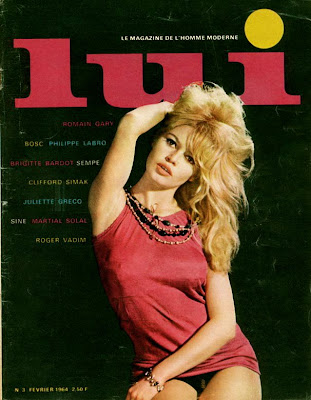YOSHIKAZU SUZUKI and SHOHACHI KIMURA Ginza Kaiwai. Ginza Haccho. Tokyo: Toho-shobo, 195
YOSHIKAZU SUZUKI and SHOHACHI KIMURA
Ginza Kaiwai. Ginza Haccho. Tokyo: Toho-shobo, 1954.

This work is ostensibly an illustrated history
of the Ginza, one of the most upmarket shopping districts of Tokyo. The name is derived
from a silver-coin mint which was located here during the Edo period. In the Meiji era it
was developed as a shopping and entertainment district with a Western flair and became
famous for its department stores, bars, and coffeehouses during the early 20th century.
Large parts were destroyed during the firebombing in 1945. However, Tokyoites retained
their affection for the place and it was soon rebuilt. Of particular interest is the panorama
which accompanies the book recording every building on Ginza 8-chome from Shinbashi
bridge to Kyobashi bridge. The photographer Suzuki Yoshikazu (dates unknown) worked
from November 1953 until spring of the following year to take over 200 images having to
make sure that weather and light conditions would be more or less the same in order not
to affect the overall homogeneity of the panorama. Interestingly, Suzuki added an element
of photomontage, placing extra cars (and possibly pedestrians) at intersections to heighten
the sense of drama. In 1966 Edward Ruscha undertook a similar project in ‘Every building
on the Sunset Strip’.
Edward Ruscha - Every Building on the Sunset Strip, 1966
 |
| Every Building on the Sunset Strip, 1966, artist's book (above: concertina, below: detail) |
"The images, taken during the day, capture only the facades of the buildings. Ignorance is given to cars or people, both of which are often cut in half between separate exposures. The imperfections of matching the facades are cracks along Ruscha’s drive. Through these cracks we find Ruscha, not such an anonymous author after all. Splitting cars in two, and mismatching facades we become keenly aware of the passage of time. The facades of buildings may appear as stage sets but they are active points on other itineraries, anticipating future and past narratives."
In a literal survey of the Sunset Strip, LA Ruscha mounted a camera to the back of a pick-up truck, photographed every building on the street, on both sides, and pasted the resulting photographs together, one side above, the other below, with building numbers indicated beneath each image.
An exercise in arbitrariness, this small but ground-breaking accordion artist's book presents what would normally be a topographical study - photographs of an entire street - as an artwork. An archiving of a street lived by the artist, this early 'Street View' is a dead pan, thorough exploration, of the landscape of a repeated journey.



Commentaires
Enregistrer un commentaire